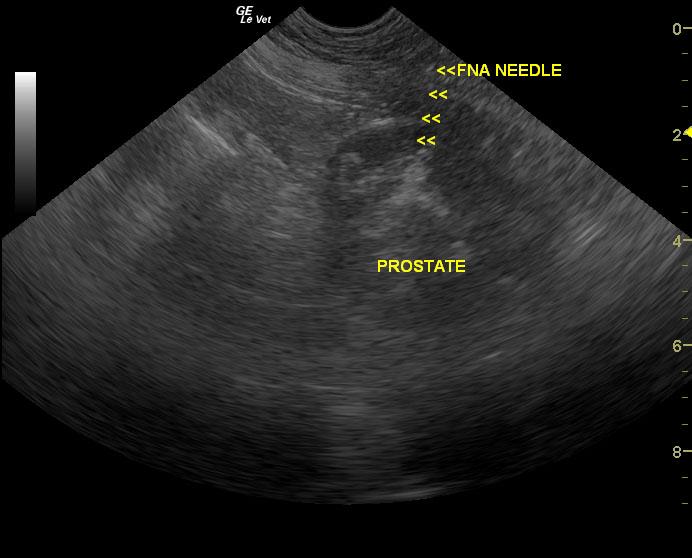A 14-year-old MN Labrador Retriever was presented for evaluation of pollakiuria and hematuria. The patient had been on Deramaxx for chronic arthritis.
A 14-year-old MN Labrador Retriever was presented for evaluation of pollakiuria and hematuria. The patient had been on Deramaxx for chronic arthritis.


